How to Handle Money in Japan: From Cash to Cards and Everything in Between

Often symbolized as ¥, the Japanese yen (JPY) is Japan’s official currency and a heavyweight in the global financial arena. Introduced by the Meiji government in 1871 as part of their modernization spree, the yen struts its stuff on the international stage as one of the most traded currencies, following the United States dollar and the euro (Britannica). With its design based on the European Decimal Monetary System, the yen aimed to synchronize Japan with the global economy's rhythm (Corporate Finance Institute).
Whether you find yourself rifling through your wallet or deciphering the tiny numbers on coins, yen comes in a delightful array of denominations. Banknotes include ¥1,000, ¥2,000, ¥5,000, and ¥10,000 (Bank of Japan). Coins, on the other hand, keep you on your toes with values of ¥1, ¥5, ¥10, ¥50, ¥100, and ¥500 (Matcha JP).
While Japan has introduced some spanking new notes, don't break a sweat about your old bills; they remain legal tender (TimeOut Tokyo). Quick trivia: A one-yen coin is feather-light and can even float on water!
Japan is the land where cash is still king. Despite the rising clamor for digital payments worldwide, Japan clings to its crisp yen notes and shiny coins. Here’s why:
-
Cultural Norms: The Japanese value tangibility and certainty. Cash transactions eliminate the ambiguities associated with digital errors.
-
Deflation: Persistent deflation has led households to prefer holding cash as a safer bet (San Francisco Federal Reserve Blog).
-
Low Crime Rates: The country’s low crime rate means people feel safer carrying and storing cash.
-
Undaunted Ritual: An impeccable ritual surrounds cash handling—from placing it on trays to flicking through bills meticulously.
As a traveler, understanding this monetary landscape is your ticket to a smooth journey in this cash-centric society. Preparing your yen stash and mastering the art of handling JPY will make your Japan experience richer and stress-free.
Preparing for Your Trip
When planning your Japan trip, one of the big questions is: should you exchange your money before you hop on the plane, or wait until you land? Here's the scoop. For those traveling from the U.S., waiting until you arrive in Japan to exchange your dollars for yen usually yields more favorable rates. However, your best bet might actually be to exchange your money in Southeast Asian countries if you happen to be passing through, as they tend to offer even better deals (JAL).
If you're fretting over whether the yen will be high or low when you arrive, consider hedging your bets. Exchange a portion of your cash now, to lock in a decent rate, and wait to exchange the rest when you land. This way, you'll have some yen in your pocket for immediate needs like airport transportation without stressing over finding the best exchange rate right away (Reddit).
You’ve decided to exchange your money in Japan—good choice! But where do you go? Airports are the most straightforward option. You'll find numerous currency exchange counters at Japanese international airports, and the rates there are usually quite competitive with banks (Machiya Inn Japan). If you prefer getting the best deal and don’t mind a bit of legwork, head into the city. For Tokyo, consider visiting the World Currency Shop, Daikokuya, or Travelex, all scattered conveniently around the city (Tokyo Cheapo).
How much cash should you carry on you while traversing Japan? While card payments are becoming more common in urban areas, in the countryside, cash is still king. A good rule of thumb is to have about ¥50,000 (approx. $350 USD) for a ten-day trip (Monito).
If you’re more of a worrywart and prefer being overly prepared—hey, no judgment here!—you might follow the example of some travelers who carry around ¥30,000 (approx. $200-$300 USD) situationally (The Tokyo Chapter). If you plan to cover your major expenses (like accommodation and transportation) ahead of your trip, this amount should be more than sufficient.
Now that your cash flow is sorted and you know where and when to exchange your currency, you're well on your way to a fuss-free experience in Japan. Next, let’s dig into some helpful tips for navigating Japan’s cash-centric society and keeping things running smoothly once you arrive.
Using Cash in Japan
Japan is renowned for its advanced technology, but don't let that fool you—cash is still king here. While major cities like Tokyo and Osaka are increasingly embracing cashless payments, cold hard yen reigns supreme, especially in rural areas. Most local restaurants, shops, and services still prefer, and sometimes only accept, cash (Japan Guide). So, even if you've got all the latest cards and digital wallets, be prepared to stash some notes and coins for those quaint, cash-only eateries and mom-and-pop stores.
Navigating cash transactions in Japan comes with its own set of etiquettes. First things first: never, and I mean never, plop cash directly into someone’s hand. Instead, place your money on the small tray provided near the register. The cashier will do the same when returning your change (Japan Travel). Hand-to-hand exchange is a no-go, as it’s considered impolite and unhygienic, opposed to the West that it's considered respectful to place cash directly into someone's hand (such as a cashier). Ensuring that your hands and the cashier’s don't meet is particularly appreciated during the flu season or pandemics.
Cash in Japan is treated with the same respect as a religious artifact. That may sound dramatic, but it's true. Bills should be neat and flat; crumpled or damaged notes can be a faux pas. It’s common to see cash handed over in a small envelope when giving payments at more formal establishments (Wise Blog).
Japan’s currency system includes mildly confusing denominations, but nothing you can't handle with a little prep. Here’s a quick breakdown:
-
Coins: 1 yen, 5 yen (hole in the middle), 10 yen, 50 yen (also with a hole), 100 yen, and 500 yen. Keep a small coin purse handy as you’ll end up with quite a few jingling around in your pocket (Japan Guide).
-
Bills: 1,000 yen, 2,000 yen (rare), 5,000 yen, and 10,000 yen. The varying colors and sizes help differentiate them easily.
Pro tip: Aim to use up those 1 yen and 5 yen coins; they accumulate faster than you’d think. Many vending machines, lockers, and train stations accept coins, making them practical for day-to-day expenses.
As we wrap up our dive into the world of cash in Japan, it’s clear that having a good mix of bills and coins—and understanding local customs—can make your trip smoother and more enjoyable. Stay savvy and carry some yen to revel in Japan’s unique and charming cash culture.
Card Payments and ATMs
Despite Japan's love affair with cash, credit cards reign supreme among cashless payment methods. From high-end department stores to popular online retailers, credit cards are widely accepted (Statista). The big three – Visa, Mastercard, and JCB – dominate the market, with most merchants readily displaying these logos as a testament to their acceptance. However, always double-check before splurging, especially in rural areas or smaller establishments that might hold out on the plastic revolution.
When it comes to grabbing yen from an ATM, the process can be surprisingly smooth – if you know where to look. Stick to ATMs at 7-11 convenience stores, open 24/7 and renowned for accepting a vast array of international cards (Truly Tokyo). Japan Post Bank ATMs are another solid bet, though their hours align with the post office – not exactly ideal for night owls.
Before your trip, confirm with your bank that your card is prepped for international escapades and inquire about any associated fees or limits. Some Japanese ATMs cap withdrawals at 100,000 yen, and for some credit cards, you might hit a 30,000 yen withdrawal ceiling per transaction (Japan Airlines).
Ah, the dreaded fees. Using your international card at a Japanese ATM might come with a few surprise costs. Expect a flat ATM fee – typically around 110 yen per withdrawal (SBI Shinsei Bank). Then, brace yourself for potential withdrawal fees by your home bank, especially if you have a Wise card or similar (Reddit).
And let's not forget our trusty pals – credit card cash advances. They might seem like a good idea in a pinch, but beware of hefty cash advance fees and cringe-inducing interest rates that could spoil your travel budget (Wise).
Ultimately, whether you're a card-carrying traveler or a traditionalist with a yen for, well, yen, knowing the ins and outs of Japan's transaction landscape can save you a lot of headaches. Armed with this info, handling money in Japan isn't just a challenge – it's an adventure!
Digital Payment Methods
Japan is renowned for its rich cultural heritage, pristine streets, and love for cash. However, the digital wave has hit the Land of the Rising Sun with a rise in popular payment apps, especially post-pandemic. Among the top apps for foreigners are (PayPay), Rakuten Pay, Line Pay, and MerPay.
-
PayPay: Occupying the top spot, PayPay boasts around 49% of market usage among consumers. Founded by SoftBank and Yahoo, this app supports easy QR code-based payments and offers cashback and discount coupons at over 3.7 million locations.
-
Rakuten Pay: Another significant player, Rakuten Pay, is highly integrated with the Rakuten ecosystem. While it offers good cashback points, be aware that the app is available only in Japanese.
-
Line Pay: Operated by the messaging app Line, it's another QR code-based option. It’s user-friendly, secure, and popular among many Japanese residents.
-
MerPay: Linked to the Mercari flea market platform, it’s widespread but comes without an English interface.
QR codes are the backbone of many modern payment systems in Japan. Here's how they work:
-
Open your app to display your personal QR code.
-
Let the merchant scan your code, or scan the merchant’s QR code yourself.
-
Enter the payment amount if needed.
-
Show the completed payment screen to the cashier for confirmation.
QR-based systems like PayPay, Line Pay, and Rakuten Pay use similar mechanisms but make sure to have a Japanese mobile number as a prerequisite.
Pros
-
Convenience: No more digging through your wallet for coins. Just tap, scan, and go.
-
Speed: Transactions are quick and can save a lot of time for both merchants and customers. No waiting for banks to process checks; money is transferred almost instantly.
-
Rewards: Many apps offer cashback points, making it a win-win for users who frequently shop or dine out.
Cons
-
Compatibility: These apps often require a Japanese mobile number or local bank account, limiting accessibility for short-term visitors.
-
Limited Acceptance: While urban areas are catching up, rural Japan is still largely dependent on cash.
-
Language Barrier: Many apps, such as Rakuten Pay, are only available in Japanese, making navigation tricky if you're not fluent.
Digital payments are undoubtedly a game-changer, offering a blend of practicality and perks. But, always keep some yen on hand, especially when venturing into less "digital" territories. With this combination, you'll be well-prepared to enjoy the convenience of modern payments without missing out on the traditional charm of cash.
Currency Exchange Tips
Navigating currency exchange in Japan can be an overwhelming task, but fear not, we've got your back! Let's break it down into bite-sized pieces so you can focus on enjoying your ramen and sakura blossoms without fretting over your yen stash.
First things first: exchanging money. While it's tempting to exchange your currency for yen at home, think again. You'll typically snag better rates by waiting until you arrive in Japan. ATMs, especially those in 7/11 stores, are your best bet for favorable rates and lower fees (and yes, they're open 24/7) (Reddit).
But if you prefer brick-and-mortar options, foreign currency exchange counters are scattered throughout Japan, from airports to city centers. Check out the World Currency Shops for reliable service (JapanTravel).
Oh, the dreaded airport exchange counter—avoid it like the plague! Exchange rate quirks and hefty commissions make it an absolute last resort. Similarly, be cautious of dodgy street-level exchange vendors; stick to reputable institutions to avoid getting scammed (BookMyForex).
Another smart move: don't exchange too much currency at once. It’s essential to have some cash on hand, but overloading on yen can backfire if you need to switch it back to your home currency at an unfavorable rate. Be judicious and mix between cash and cards.
So you've managed to explore Japan without blowing through your entire stash of yen—kudos! Now, what do you do with those leftover coins and bills? Head to a major bank or post office to exchange them back to your home currency. Banks like Japan Post Bank and MUFG Bank offer currency exchange services in most major cities and tourist areas (Air-Dr).
Another nifty option for those pesky coins: Pocket Change kiosks. Drop your leftover yens into the machine and choose from a variety of e-money types or even Amazon gift cards (Mailmate).
Taking these steps will ensure you're getting the most bang for your yen while dodging common currency exchange blunders. Safe travels and happy spending!
Budgeting for Your Trip
So, you're off to Japan! Hold on to those yen because budgeting wisely can make a world of difference. Here’s a practical guide to keeping your wallet happy while soaking in all Japan has to offer.
When it comes to daily expenses, Japan can cater to a variety of travel styles:
-
Budget Travel: Plan to spend around ¥10,000-¥15,000 per day. This includes staying in hostels or capsule hotels, eating at inexpensive restaurants or convenience stores, and using public transportation (Khyati Maloo).
-
Mid-Range Travel: Expect to shell out approximately ¥20,000-¥30,000 per day. Think mid-range accommodations, dining at regular restaurants, and possibly using a JR Pass for regional travel.
-
Luxury Travel: If you're in the mood to splurge, budget about ¥50,000 or more per day. This covers high-end hotels, gourmet dining experiences, and private tours.
Saving on transportation and food doesn't mean skimping out on the fun. Here are some golden tips:
Transportation
-
Use a Japan Rail Pass: If you're planning to explore multiple cities, a JR Pass can save you a tidy sum (Milesopedia).
-
Day Passes: Many cities offer day passes for trains and buses, ideal for intensive sightseeing days.
-
Walk or Bike: In cities like Kyoto, biking is both scenic and economical. Plus, it's a great way to burn off those ramen calories (Reddit).
Dining
-
Convenience Stores (Konbinis): 7-11, Family Mart, and Lawson are your best friends for affordable, delicious meals (Nomadic Matt).
-
Lunch Specials: Make lunch your main meal of the day. Many restaurants offer set meals at lunch which are cheaper compared to dinner prices (Samurai Tours).
-
Sushi Trains and Specialty Restaurants: Eating at conveyor-belt sushi places or ramen shops can be both entertaining and affordable.
-
Avoid Tourist Traps: Dining at spots around major attractions can be pricey. Instead, venture a bit off the beaten path for better deals (Lonely Planet).
No matter how meticulously you plan, unexpected expenses can (and probably will) pop up. Here’s how to stay ready:
-
Emergency Fund: Keep a small emergency stash of cash, say ¥10,000, just in case.
-
Travel Insurance: Ensure you have robust travel insurance that covers medical emergencies and other unexpected events.
-
Keep Track: Use a budgeting app to track your daily expenses, helping you adjust on-the-go if necessary.
Whether you're a minimalist traveler or a luxury seeker, Japan has something for everyone—just budget smartly, keep an eye on those yen, and let the adventures begin!
Time to dive deeper into the practicalities of handling your finances efficiently.
Safety and Security
Navigating money matters in Japan is relatively stress-free, thanks to the country's impressive safety record. Yet, no matter how secure a place is, a savvy traveler always takes a few extra precautions. Let's explore keeping your cash and valuables secure while you enjoy your trip to the Land of the Rising Sun.
While Japan is indeed one of the safest countries in the world, being cautious never hurts. Here are some tips to ensure your finances remain intact:
-
Use a Money Belt: It's an oldie but a goodie. A money belt or hidden travel pouch can keep your cash and important documents safe from pickpockets. These can be worn under your clothing, making it hard for thieves to access them.
-
Carry Only What You Need: Limit the amount of cash you carry at any one time by withdrawing small amounts from ATMs as needed. A daily budget in cash stored separately from your main stash can be a pragmatic approach.
-
Keep Valuables Locked Away: If you’re staying at a hotel, use the room safe. For other accommodations, such as an Airbnb, use a lockable suitcase or travel safe. Square Mouth recommends separating large sums of money and spreading them in different places.
-
Be Mindful in Crowded Places: When in crowded spaces like train stations or festivals, stay vigilant and keep your belongings close. Japan’s low crime rate doesn’t mean zero risk.
If the unthinkable happens and you lose your wallet or it gets stolen, don't panic. Here’s a roadmap to help you navigate through this stressful scenario:
-
Report to the Police: Visit the nearest police station (Koban) and file a report. Not only will this help local authorities keep an eye out for your lost goods, but you’ll also receive the necessary documentation to proceed with other steps. A certificate from the police is often required for insurance claims or to replace lost cards Japan Guide.
-
Contact Your Card Issuer: Get in touch with the issuer of your credit or debit card to report the loss and prevent unauthorized transactions. Replacing your cards while traveling can be cumbersome, so it's worth having secondary options.
-
Seek Help from Your Embassy: If you lose important documents like your passport, your home country’s embassy can provide assistance and issue temporary replacements.
Travel insurance isn’t a mandatory requirement for visiting Japan, but boy, is it ever a good idea! Here’s why you should consider it:
-
Medical Emergencies: Health issues can arise unexpectedly, and not all foreign health insurance policies cover treatments abroad. Travel insurance can cover medical expenses and evacuation if needed Market Watch.
-
Trip Cancellations or Delays: Cancelations and delays can throw a wrench in your plans and your budget. Insurance covers costs associated with such hiccups.
-
Lost Belongings: Losing your belongings can be distressing and expensive. Travel insurance can reimburse you for lost items, alleviating some of the financial strain Square Mouth.
When purchasing travel insurance, ensure it provides comprehensive coverage tailored to your specific needs, including those peculiar to your travel style and itinerary. Sometimes, you never appreciate good insurance until you need it!
By sticking to these security tips, you can focus on making memories rather than worrying about your finances. Now that you’re equipped with knowledge on staying safe, let's navigate the best approaches to money exchange, always ensuring you get the best bang for your yen.
Conclusion
Navigating the financial landscape in Japan can feel like mastering a high-stakes game of Shogi, but with the right moves and knowledge, you can score a win every time. Whether you're embracing the convenience of QR code-based digital payments, hunting for the best exchange rates, or budgeting like a pro, each step you take ensures a smoother, more enjoyable journey.
Remember, while modern payment methods offer incredible convenience, keeping a stack of good old yen is always a wise strategy, especially in the charming backstreets and serene rural areas where time seems to stand still.
So, armed with savvy tips and a dash of travel insurance, you’re all set to unlock the treasures of the Land of the Rising Sun, one yen at a time. Happy travels!










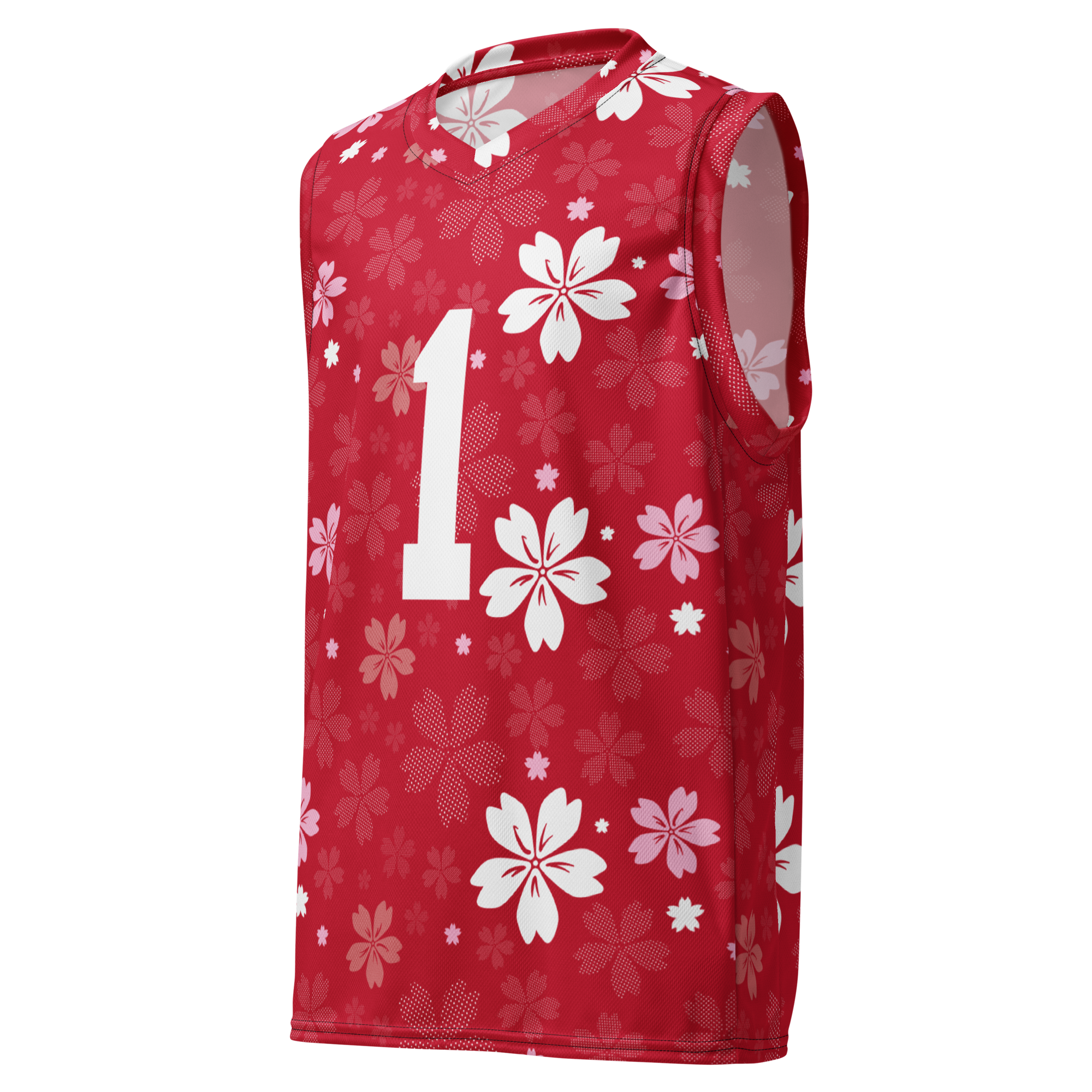
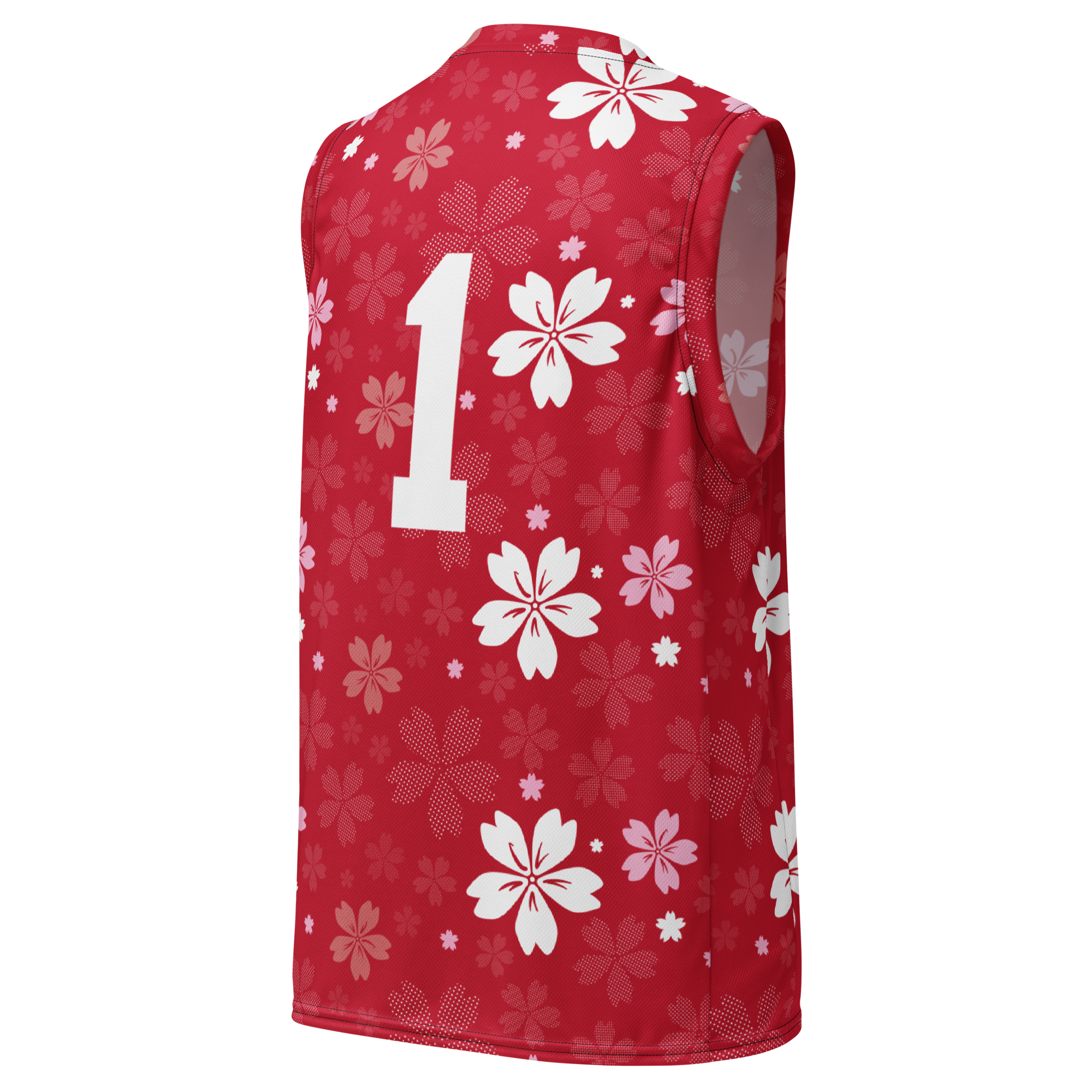









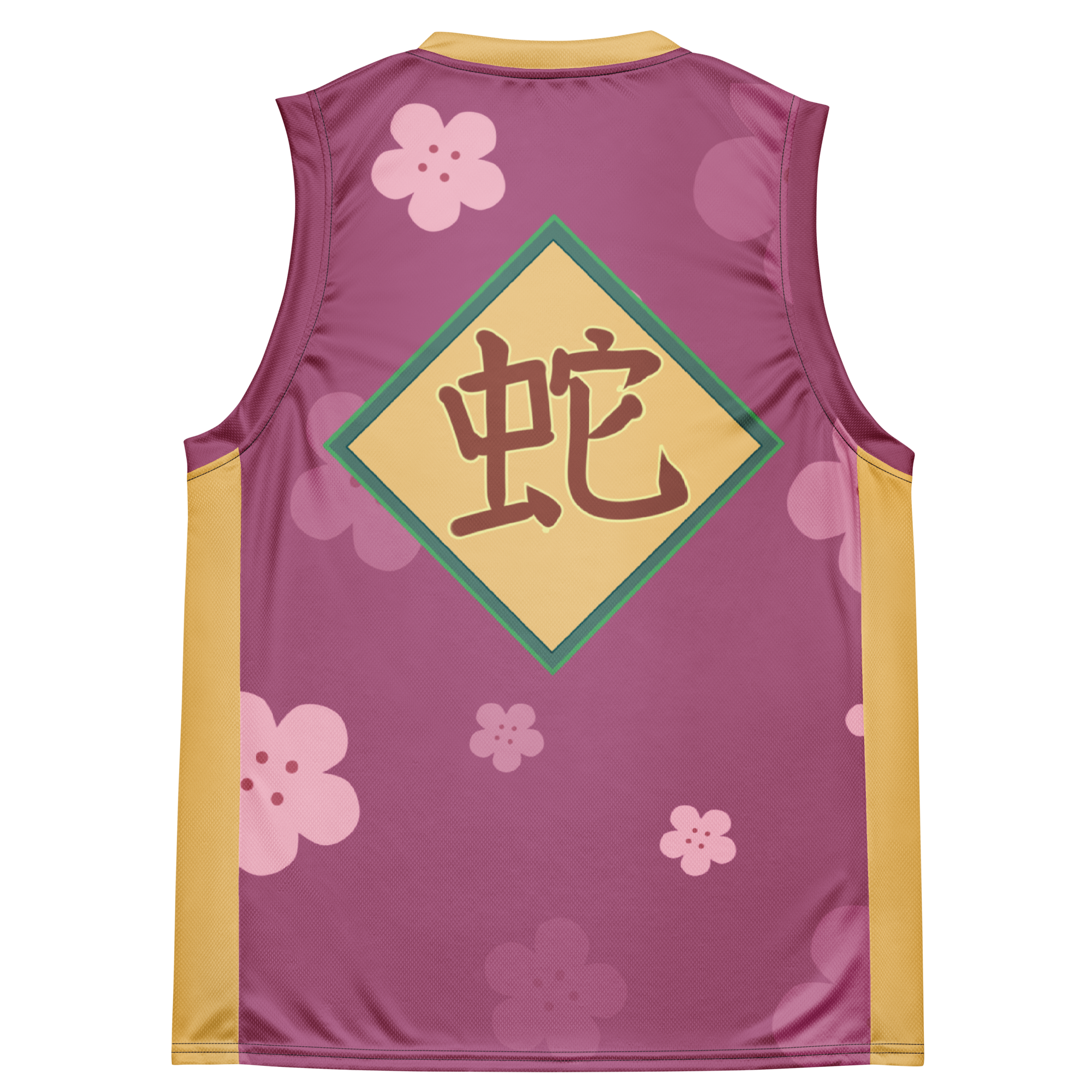

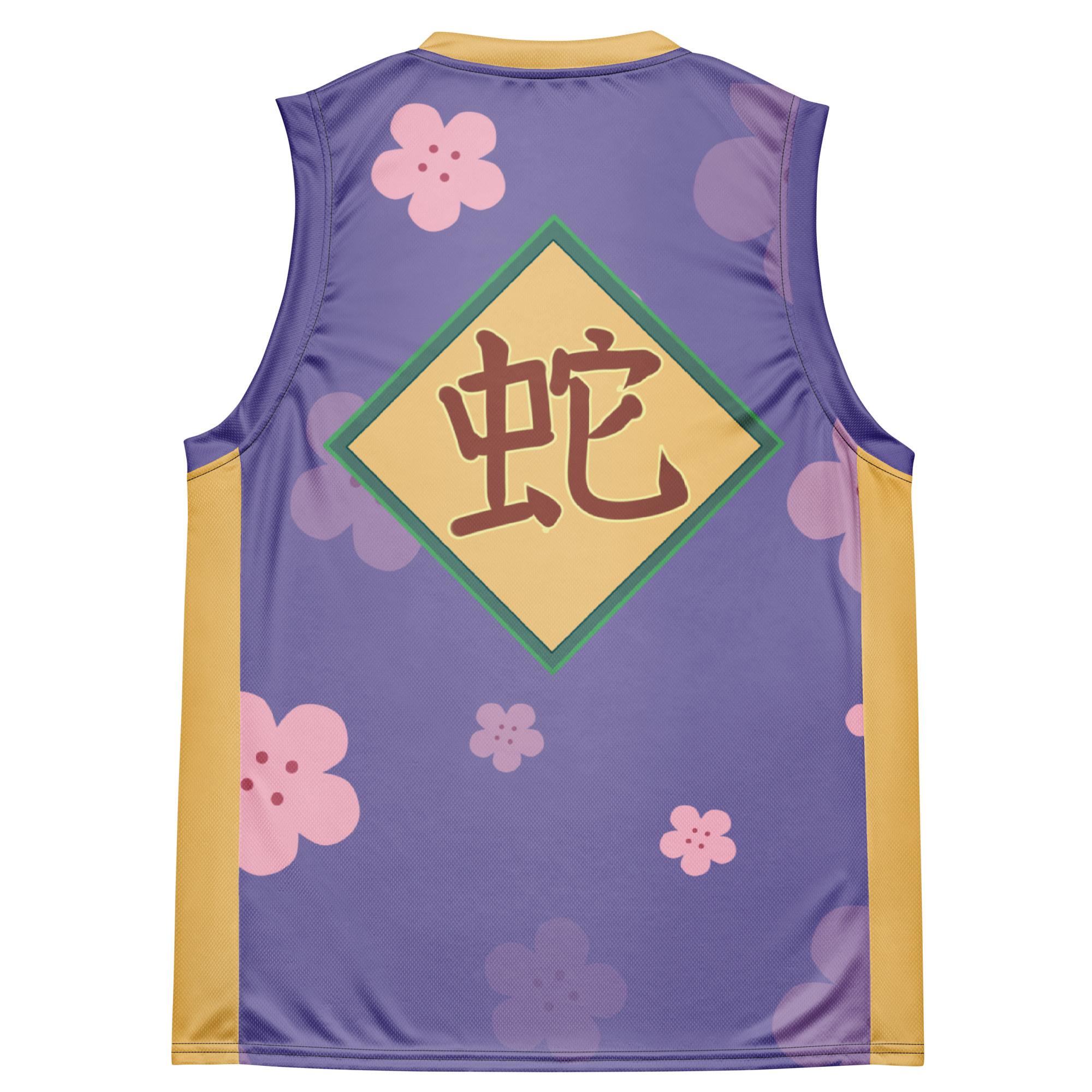

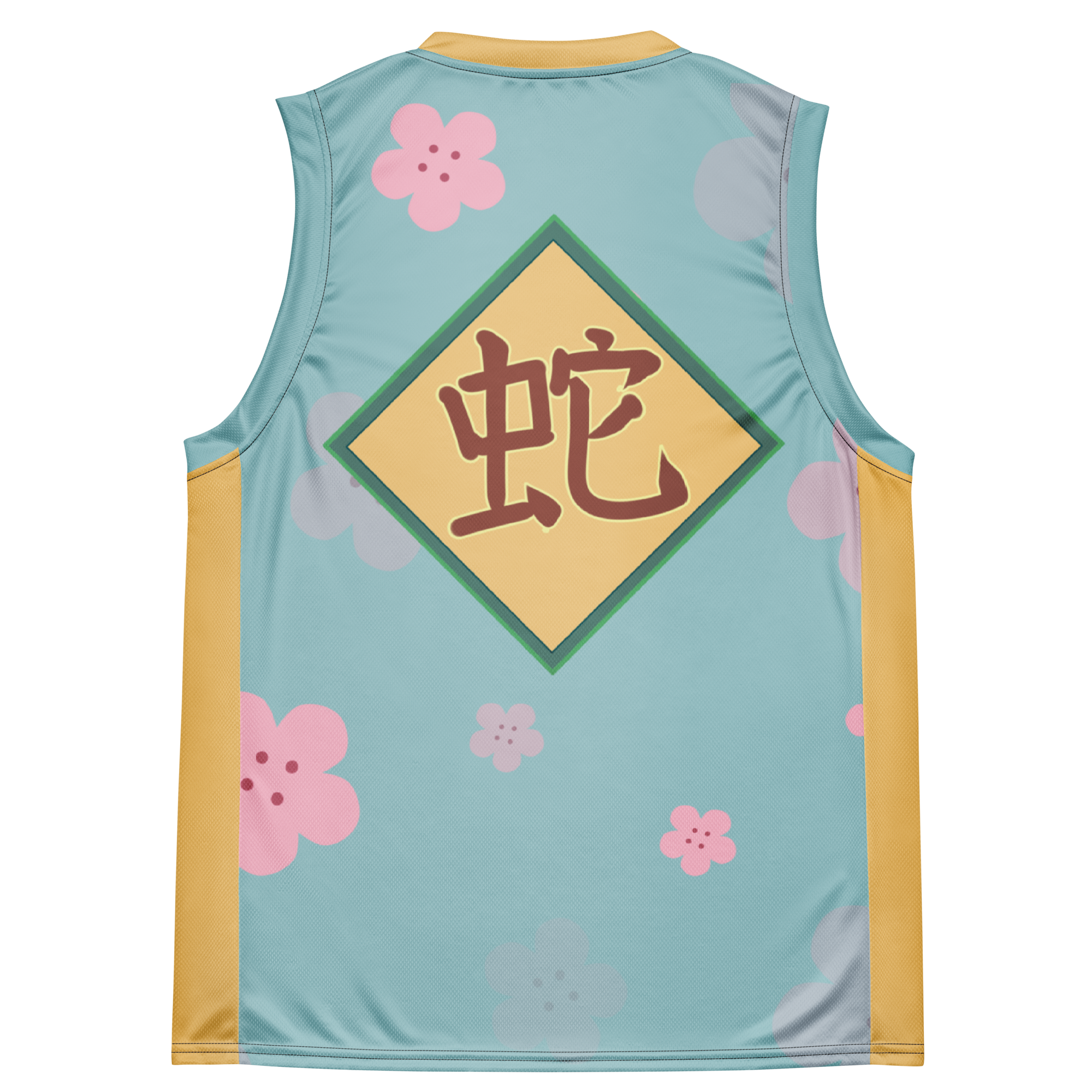














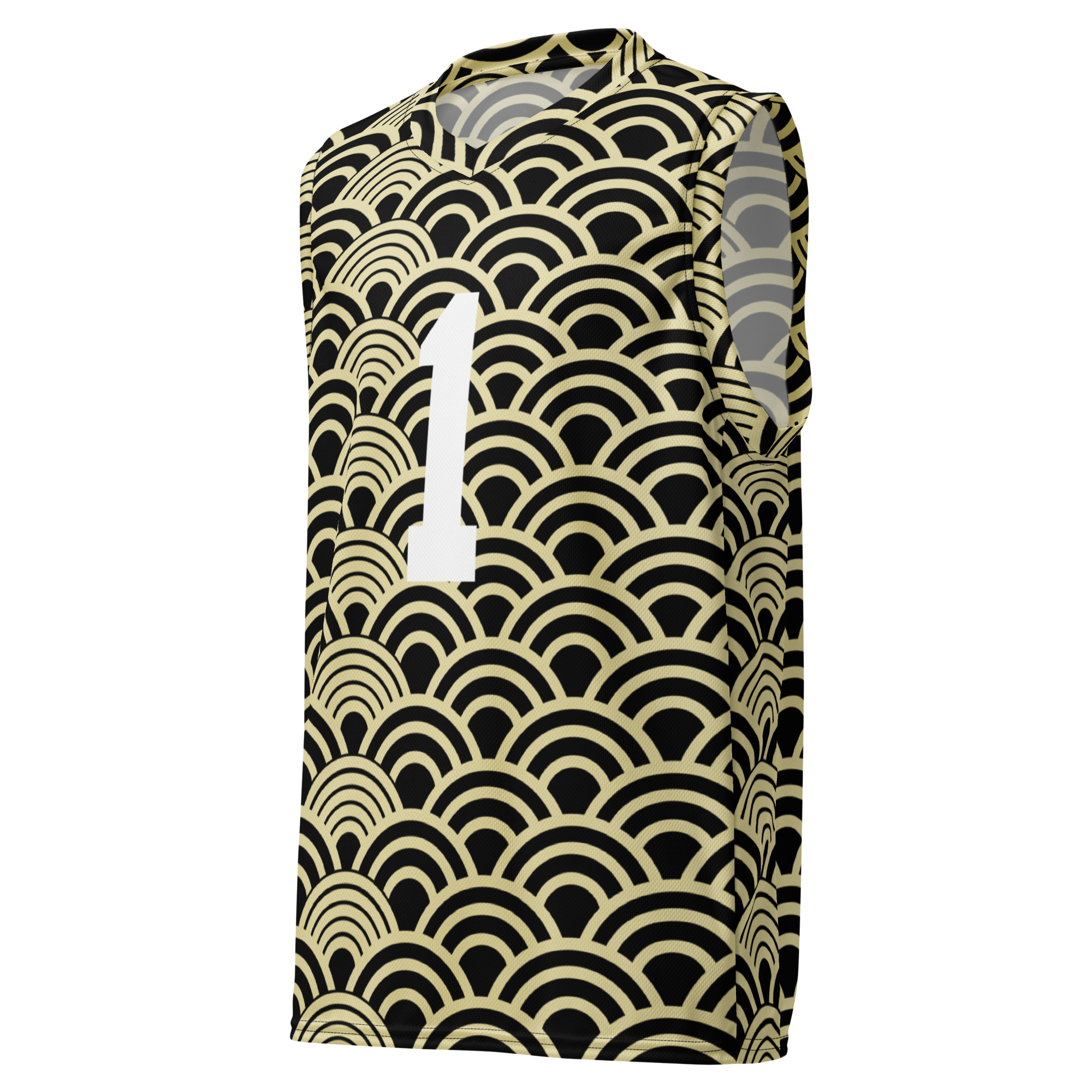
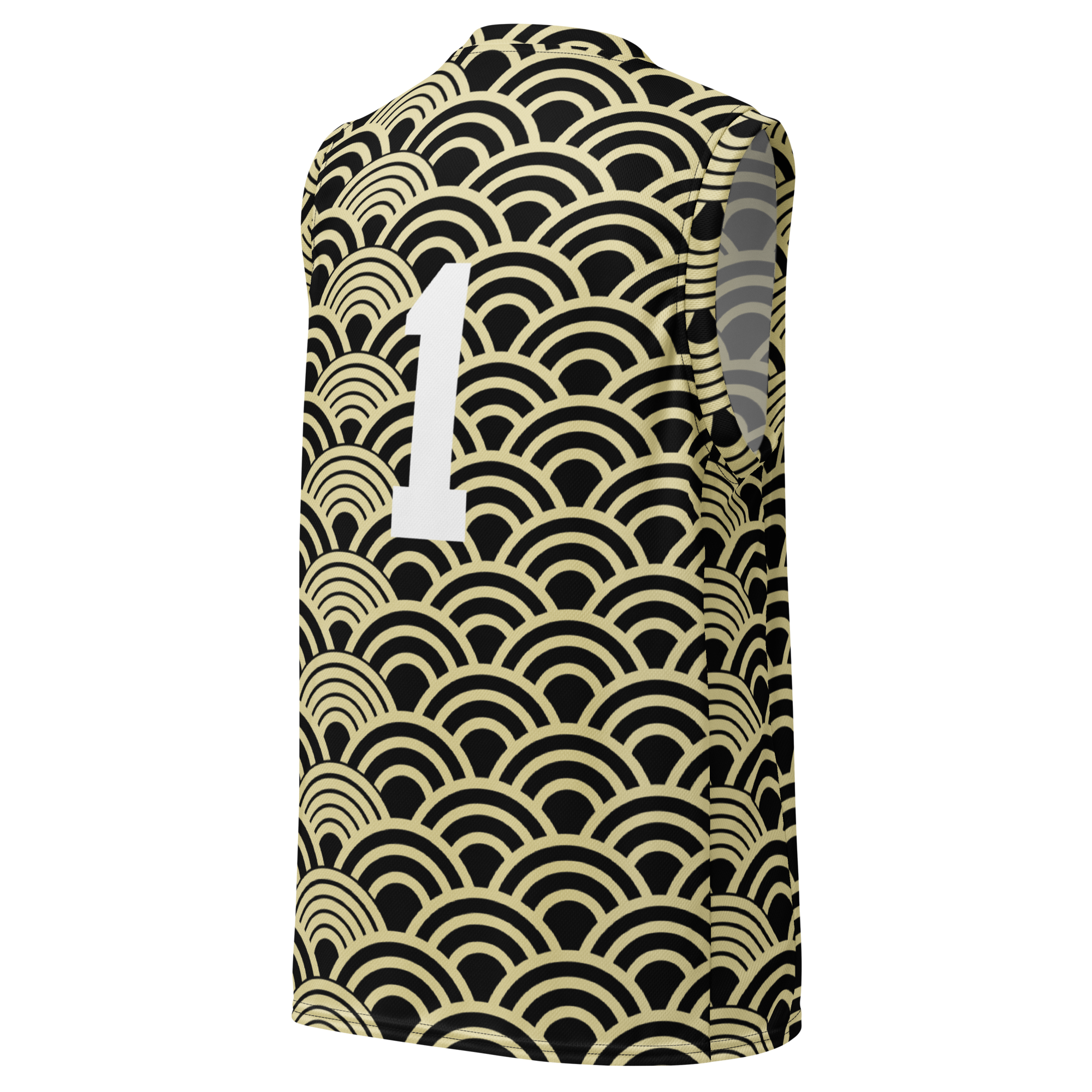
Read Super Held! I did not know that Japan was still cash-focused in such technology-loving world. Regarding using IC cards and knowing that suggestions about exchange of currency are present. For anyone traveling from India, getting your yen in advance is a smart step – I personally also recommend get currency exchange services by currencykaka.com , This saved me from time and trouble before my journey. Thanks again for great advice!
Dejar un comentario